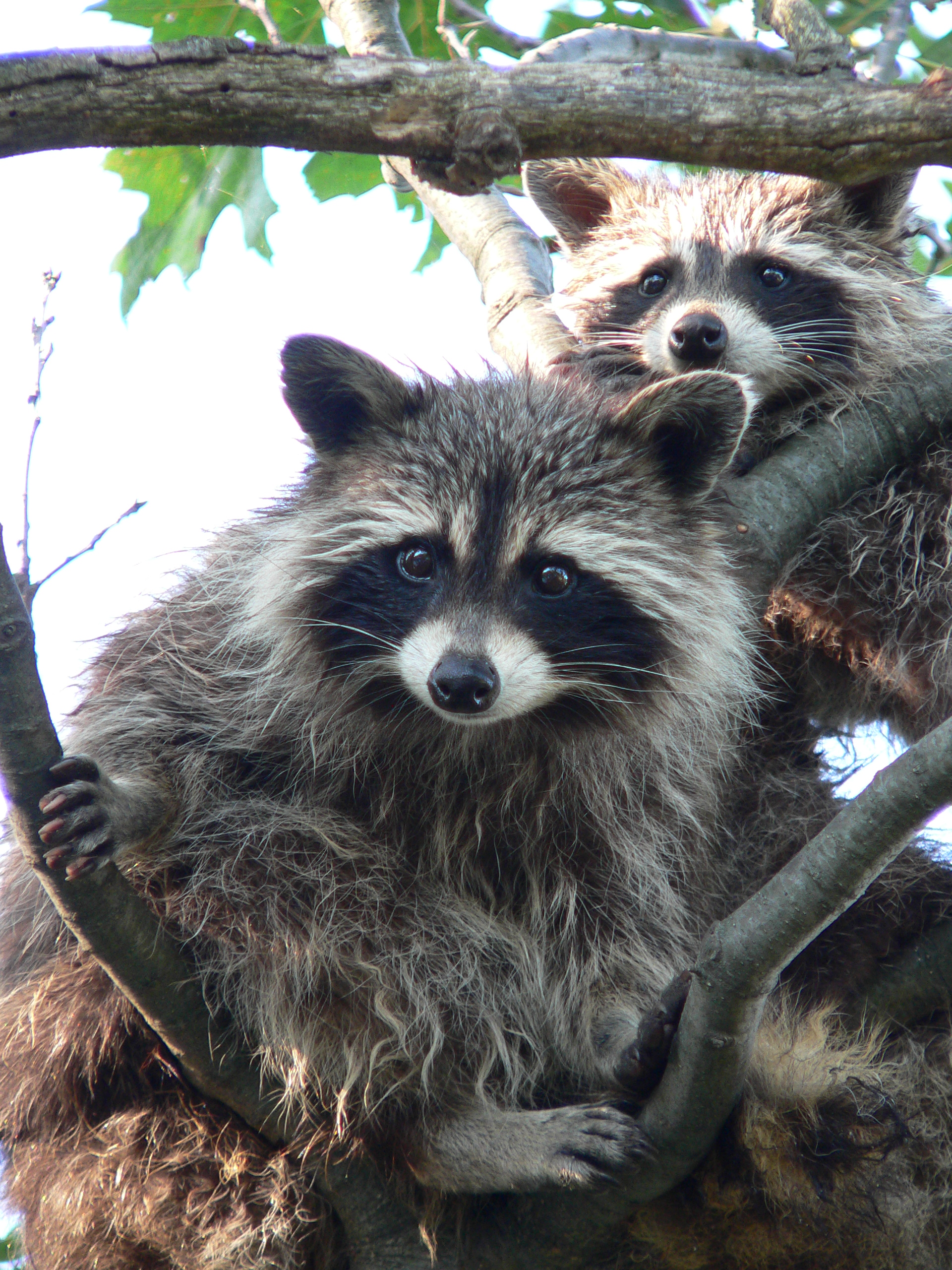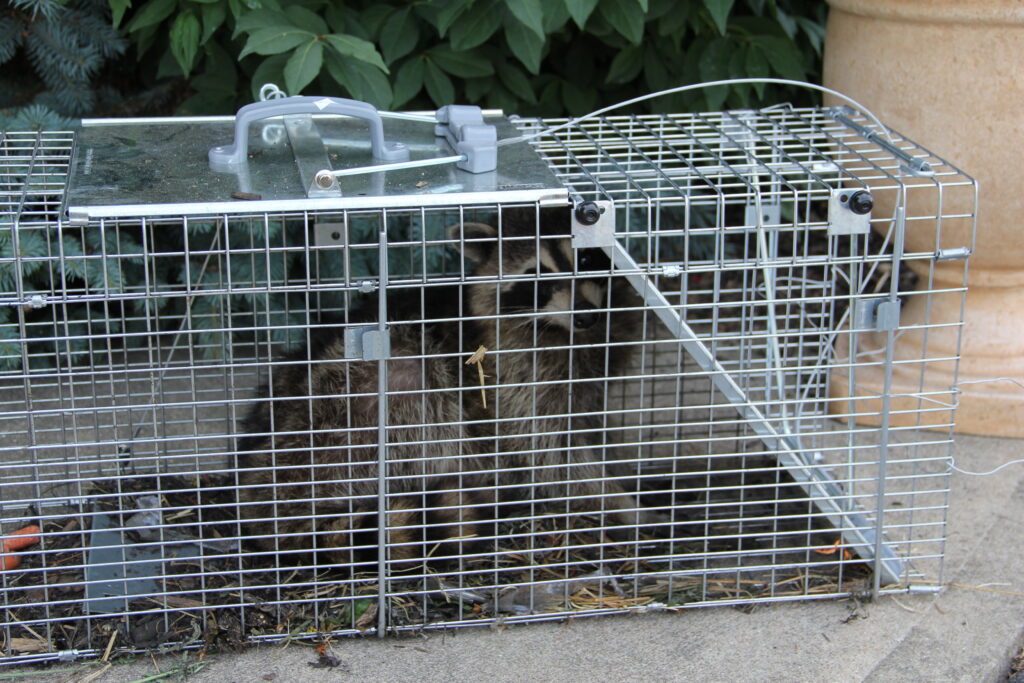“Illegal killing or removal of wildlife species refers to any action that harms, traps, or relocates animals in violation of local, state, or federal wildlife protection laws. This includes hunting protected species, unlicensed removal, and the use of inhumane methods.”
When it comes to wildlife, knowing the laws around their removal is essential to protect both the animals and yourself. Illegal killing or removal of wildlife species is a serious offense, with laws in place to ensure that animals are treated humanely and responsibly.
Many people aren’t aware that certain species are protected by regulations, and taking matters into your own hands could lead to fines or worse. Understanding what constitutes illegal wildlife removal can help you avoid legal trouble while ensuring that local ecosystems remain balanced.
Common Examples of Illegal Wildlife Killing or Removal
- Hunting Endangered or Protected Species– Many animals are listed as endangered or protected under local, state, or federal laws. Killing or capturing these species, whether intentionally or accidentally, can result in hefty fines or legal consequences. It’s crucial to recognize which animals fall under these protections before taking any action.
- Trapping or Removing Wildlife Without a Permit– Wildlife removal, especially in residential areas, often requires a special permit. Unlicensed trapping or relocating of animals like raccoons, bats, or certain birds without the proper documentation is considered illegal. Obtaining the necessary permits ensures the animals are handled safely and in accordance with regulations.
- Using Inhumane Methods for Wildlife Control– Even if the species in question isn’t protected, there are strict laws governing how animals can be handled or removed. Using cruel or harmful methods—such as poison, dangerous traps, or improper disposal—violates animal welfare regulations. Humane approaches not only comply with the law but are also more effective in the long run.
- Destroying Natural Habitats of Protected Species– It’s not just direct harm to animals that can get you in trouble. Destroying habitats like nests, burrows, or dens of protected species can also be illegal. For example, cutting down trees with active bird nests or filling in burrows used by endangered mammals can carry serious penalties.
Legal Wildlife Removal: What Is Allowed?
Hiring Licensed Wildlife Removal Professionals
The safest and most reliable way to ensure legal wildlife removal is by hiring a licensed professional. Companies like AAAC Wildlife Removal are trained to handle various species using humane and legal methods. Licensed professionals follow local, state, and federal regulations to ensure the animals are removed safely and legally.
Humane Trapping and Relocation
In most areas, it is legal to trap and relocate certain wildlife, provided that humane methods are used. Traps should be non-lethal and checked regularly to prevent animals from suffering. Once trapped, animals must be relocated to approved areas where they can thrive without causing harm to local ecosystems.
Handling Nuisance Wildlife
Some animals, like raccoons or squirrels, are classified as nuisance wildlife and can be removed legally if they pose a threat to human safety or property. However, it’s still important to follow legal guidelines and humane practices when dealing with these animals, to avoid unnecessary harm or conflict with wildlife laws.
Obtaining Special Permits for Protected Species
If you encounter a protected species in or around your property, removing it may require special permits from local wildlife authorities. These permits ensure that the removal is done in a way that protects the animal’s well-being and complies with conservation efforts. This process helps safeguard vulnerable species while still addressing human-wildlife conflicts.
The Role of Licensed Wildlife Removal Companies
Expert Knowledge of Wildlife Laws
Licensed wildlife removal companies, such as AAAC Wildlife Removal, are well-versed in the complex laws surrounding wildlife management. They understand the regulations that protect certain species and the proper methods for handling and relocating wildlife. This expertise helps ensure that any removal process is done legally, preventing homeowners from accidentally violating wildlife protection laws.
Humane and Safe Removal Techniques
Licensed professionals prioritize the use of humane removal techniques that avoid causing harm to animals. These methods include live trapping, exclusion devices, and relocation to designated areas. By using approved and safe practices, they ensure that animals are treated ethically while keeping the removal process within legal boundaries.
Protecting Property and Human Health
Wildlife removal companies are equipped to deal with wildlife that could potentially cause damage to property or pose health risks to humans. They not only remove the animals but also provide services like cleaning and repairing damage caused by the wildlife, preventing the spread of diseases and keeping homes safe.
Preventing Future Wildlife Issues
Beyond just removing animals, licensed companies help homeowners prevent future infestations by identifying entry points and weak spots in the structure of their home. They offer advice on wildlife-proofing, from sealing gaps to installing barriers, ensuring long-term solutions to wildlife problems while adhering to legal standards.
Penalties for Illegal Wildlife Removal
Illegal wildlife removal can carry significant penalties, ranging from fines to criminal charges. In many areas, wildlife laws are strictly enforced to protect endangered and non-endangered species alike. Fines can vary depending on the severity of the offense, the species involved, and the local or federal laws broken. In more serious cases, individuals may face criminal charges, which can result in larger fines, community service, or even jail time. These legal consequences are meant to deter people from taking wildlife removal into their own hands without the proper knowledge or permits.
In addition to legal penalties, there are also potential ecological consequences when wildlife is removed illegally or inhumanely. The removal of key species from ecosystems can upset the natural balance, leading to overpopulation of pests or the extinction of vital animal populations. This can have long-lasting effects on local biodiversity and even human environments. It’s essential to follow legal guidelines not only to avoid personal consequences but also to ensure that wildlife removal is done in a way that preserves the health and sustainability of local ecosystems.
How to Ensure You Are Following the Law When Removing Wildlife
The first step to ensure legal wildlife removal is to familiarize yourself with local wildlife laws and regulations. These can vary significantly depending on where you live, so it’s essential to check with local wildlife authorities or government websites to understand what species are protected and what permits may be required. By knowing the laws beforehand, you can avoid accidentally breaking regulations and facing fines or penalties. Keeping up-to-date on wildlife protection laws ensures you remain compliant while addressing any wildlife issues on your property.
Hiring a licensed wildlife removal company, such as AAAC Wildlife Removal, provides homeowners with peace of mind, knowing they are working with professionals who fully understand the legal landscape. AAAC is well-equipped to manage the complexities of wildlife removal by adhering to both local and federal laws, especially when it comes to handling protected species. Their expertise ensures that no laws are broken during the process, from securing the necessary permits to following humane trapping and relocation methods. AAAC’s team also provides detailed assessments of the situation, ensuring that the removal is done safely and within legal boundaries.
In addition to their legal knowledge, AAAC Wildlife Removal also specializes in humane wildlife control. The company ensures that animals are treated ethically throughout the removal process, avoiding the use of harmful traps or methods that could lead to unnecessary suffering. They prioritize non-lethal methods, such as live trapping and exclusion devices, which comply with animal welfare regulations. Once the animals are safely removed, AAAC provides advice on how to wildlife-proof your property, ensuring that the issue does not recur, all while keeping you compliant with legal standards.





